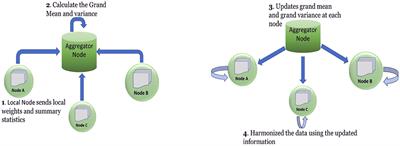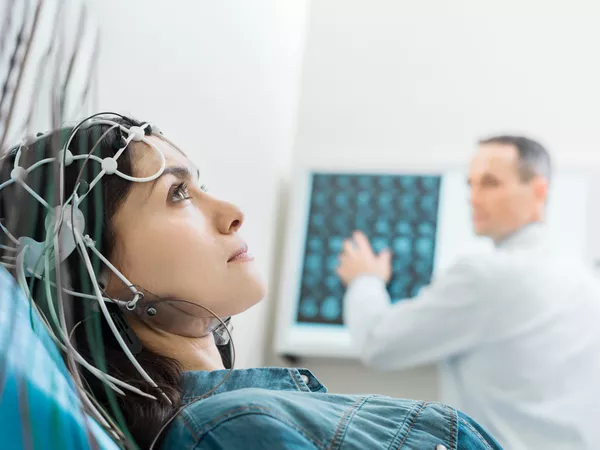EDITORIAL
Published on 07 Mar 2023
Editorial: Harmonization strategies and considerations in neuroimaging studies
doi 10.3389/fneur.2023.1165263
- 852 views
5,438
Total downloads
22k
Total views and downloads
You will be redirected to our submission process.
EDITORIAL
Published on 07 Mar 2023
REVIEW
Published on 04 Jan 2023
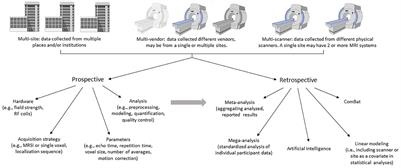
REVIEW
Published on 31 Oct 2022
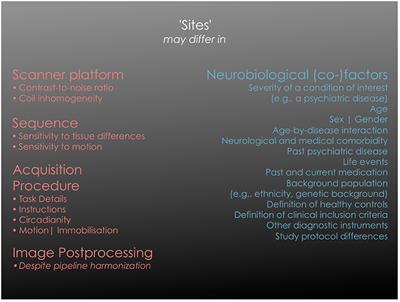
METHODS
Published on 17 Jun 2022

ORIGINAL RESEARCH
Published on 09 May 2022
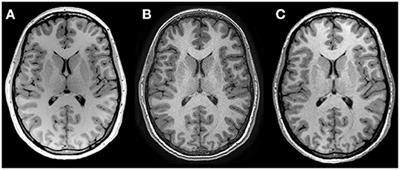
METHODS
Published on 15 Mar 2022
